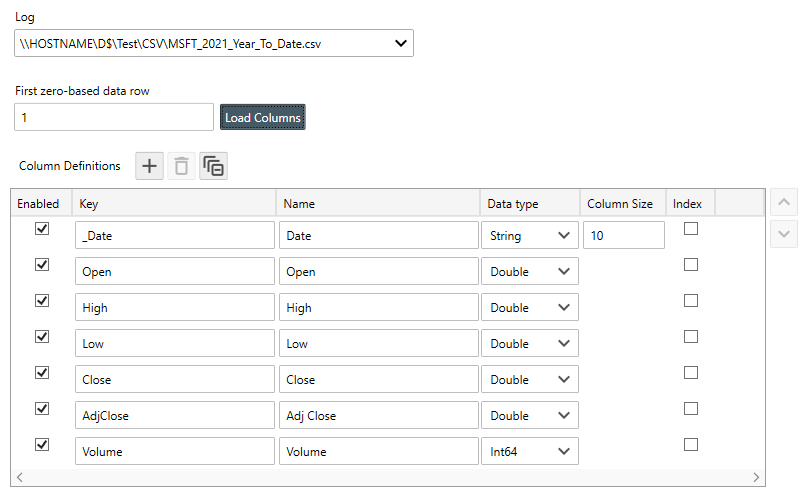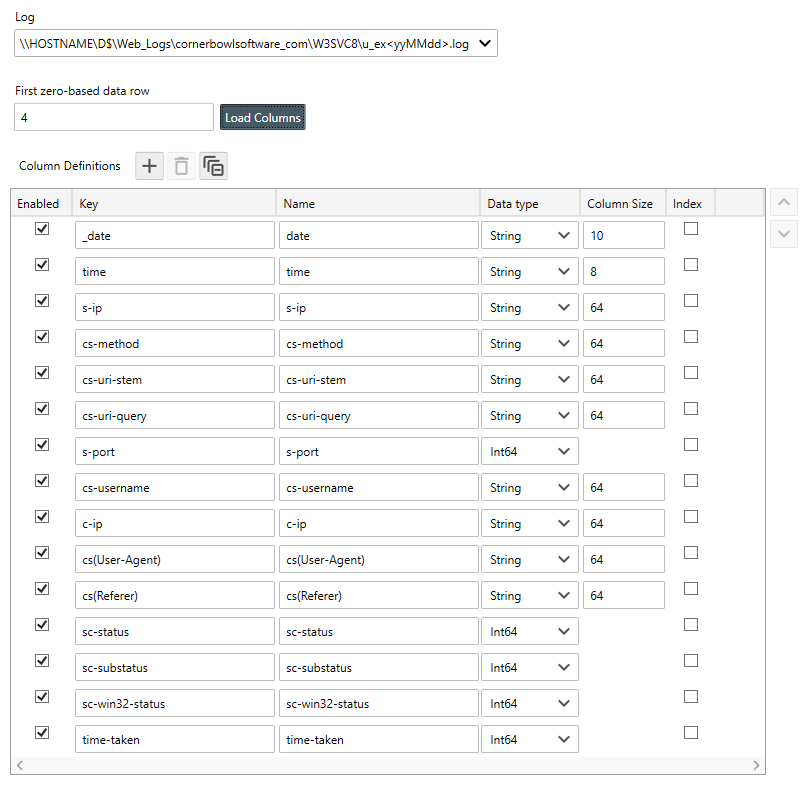Table of Contents
- Getting Started
- Agent-Based Monitoring
- Data Providers
- Directory Services
- Auditing
- Hosts
- Templates
- Template Properties
- Batch Update Templates
- Log Management Templates
- File and Directory Monitor Templates
- Windows Monitor Templates
- Account Lockout Monitor Template
- Logon Monitor Template
- CPU Monitor Template
- Memory Monitor Template
- Disk Space Monitor Template
- SMART Monitor Template
- Windows Update Template
- Process Monitor Template
- Service Monitor Template
- Performance Counter Monitor Template
- PowerShell Template
- Registry Value Monitor Template
- Active Directory User Monitor Template
- Active Directory User Integrity Monitor Template
- Task Scheduler Template
- Clock Synchronization Template
- Defragment NTFS Disks Template
- Network and Application Monitor Templates
- Database Monitor Template
- Directory Service Monitor Template
- DNS Blacklist Monitor Template
- DNS Monitor Template
- Domain Expiration Monitor Template
- Network Speed Monitor Template
- Ping Monitor Template
- Database Table Reseed
- SQL Server Shrink and Backup Template
- SSH Shell
- TCP Port Scan Monitor Template
- Website Monitor Template
- SSL Certificate Monitor Templates
- Email Monitor Templates
- SNMP Monitor Templates
- Monitors
- Reports
- Auto-Configurators
- Filters
- Actions
- Desktop Actions
- Email Actions
- Event Log Actions
- Executable Actions
- File Actions
- IIS IP Address Restriction Actions
- Microsoft Teams Actions
- PowerShell Actions
- Report Actions
- Service Actions
- SMS Actions
- SNMP Trap Actions
- Syslog Actions
- Template Actions
- IIS IP Address Restriction Actions
- Action Variables
- Schedules
- Environment Variables
- Options
- Account Lockout Monitoring and Reporting
- Merging Logs
- SNMP
- SSH Shell
- Syslog
- Exporting and Importing Configuration Objects
- Shared Views
- Auto-Config Host Assignment Properties
- General Executable Properties
- Assign Actions
- Assign Directories
- Assign Disks
- Assign Shares
- Assign Files
- Assign Consolidated Logs
- Assign Event Logs
- Assign Azure Audit Logs
- Target Files and Sub-Directories
- Define Log Entry Columns
- Define Log Entry Columns with Regular Expressions
- Define CSV and W3C Log Entry Columns
- Active Directory User and Group Filters
- Explicitly Assigned Logs
- File Explorer
- Report Columns
- Report Date/Time Ranges
- Report Security Event Log Filters
- Select Folder or File
- Executable Timeline
- Command Line Interface
- Troubleshooting
- Terminology
Define CSV and W3C Log Entry Columns
The Columns Tab, found within both Log Consolidation and Log Monitor template properties views, enables you to extract values from log entries then, in the case of log consolidation, save those values to custom columns in your log repository database. Log Monitors use the column definitions to extract key value pairs before applying filters.
CSV File and W3C Log Consolidation and Monitor Templates all provide tools to scan files and define columns.
To define CSV and W3C columns
- From the Columns Tab, click the Load Columns button. The Load Separated Values Columns Dialog displays.
- From the Load Separated Values Columns Dialog, if not already selected, select the host.
- If the filename is not already selected, click the Browse Button
 then select the file to scan.
then select the file to scan. -
Once the file contents are loaded, select the line number that contains the column headers. Once selected, the software
scans the next line then automatically detects the data type. Once all the columns are scanned they are automatically added to the view.

Several column names are reserved. When the software detects a column name that conflicts with one of the reserved names, an underscore is pre-pended to the Key. - Scan the Column Definitions for accuracy. Make any necessary changes then click OK to apply the column definitions to the template.
Sample CSV File
Below is a sample stock file from Yahoo Finance. Notice the date Column Key has been renamed to _date.

Sample W3C File
Below is a IIS log file that was generated from an IIS web server. Notice the date Column Key has been renamed to _date.
